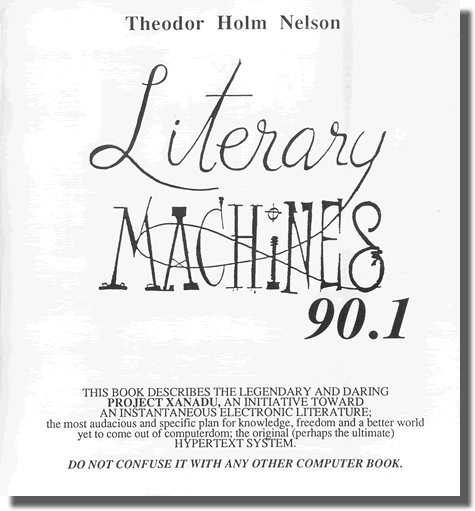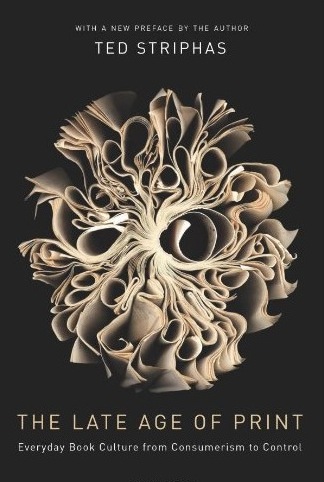
from Multigraph project, McGill University (at Interactingwithprint.org)
I’ve been thinking a lot about nanopublications recently. This is a concept primarily discussed in scientific scholarly communication. Nanopub.org explains:
A nanopublication is the smallest unit of publishable information: an assertion about anything that can be uniquely identified and attributed to its author.
With nanopublications, it is possible to disseminate individual data as independent publications with or without an accompanying research article.
Nanopublications can be…machine readable…opening the door to universal interoperability…data to be analyzed for the discovery of new associations that would otherwise be beyond the capacity of human reasoning.
The nanopublishing idea builds on earlier concepts such as microformats, a way to mark elements within pages (or other content) for machine-readability and reusability: for example, contact information, geographic coordinates, calendar events, or citation data.

T. H. Nelson’s “Literary Machines,” a key work in hypertext theory
You might say microformats and nanopublication are simply ways to generalize or extend the “page” model which the World Wide Web and HTML made so remarkably ubiquitous. They point out that it may often be useful to address, describe, and use separate elements within the customary unit of the page or document. More generally, the long tradition of hypertext theory and systems is all about making content more atomicized and networked.
With “nanopublishing,” I’ve been thinking not so much about science and logic/data elements, but about disaggregating books or articles in trade and Humanities/Social Science (HSS) publishing. That is to say, thinking about various ways to pull apart, reassemble books, or their production and use:
- distributing or gathering content fragments while writing (tweet-writing?)
- writing as link assemblage, or curation of elements which also exist independently.
- allowing larger units such as monographs (books) to be used, distributed, commented on, linked down to atomic levels.
Continue reading →




